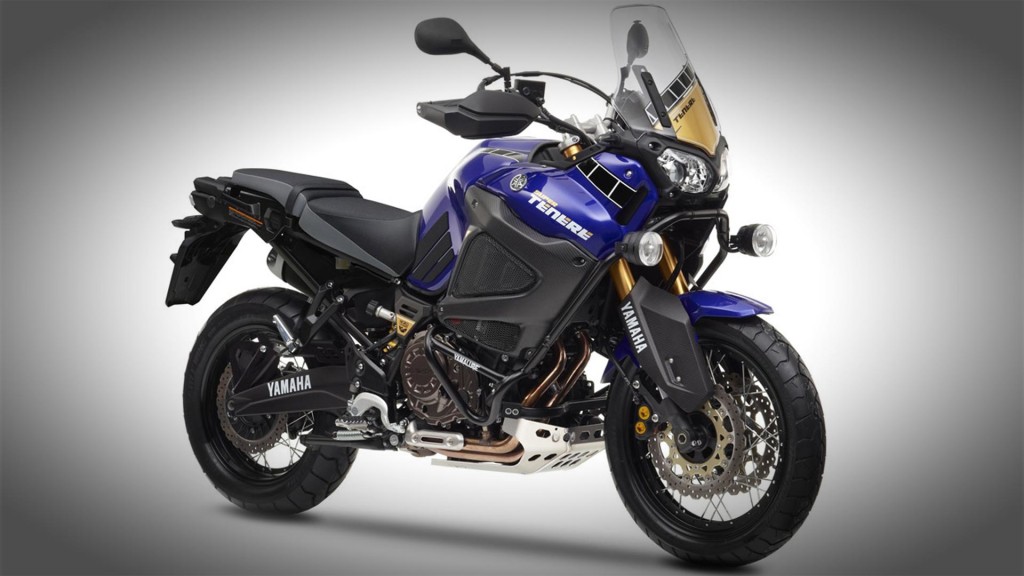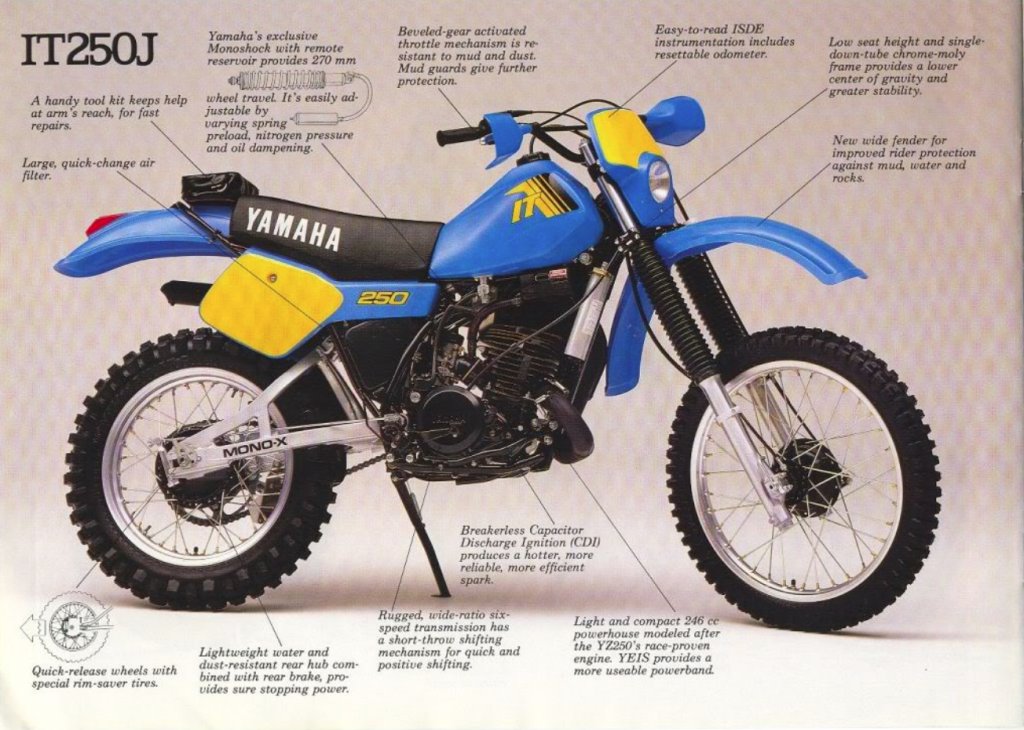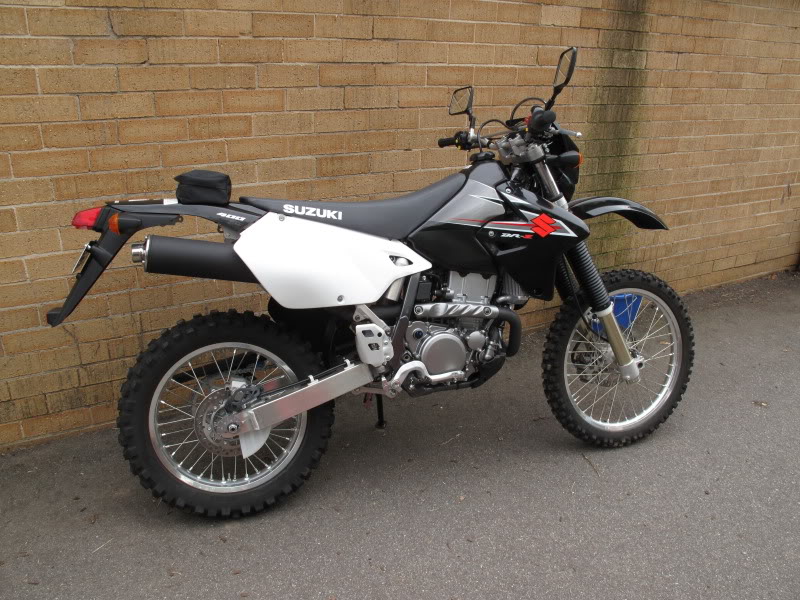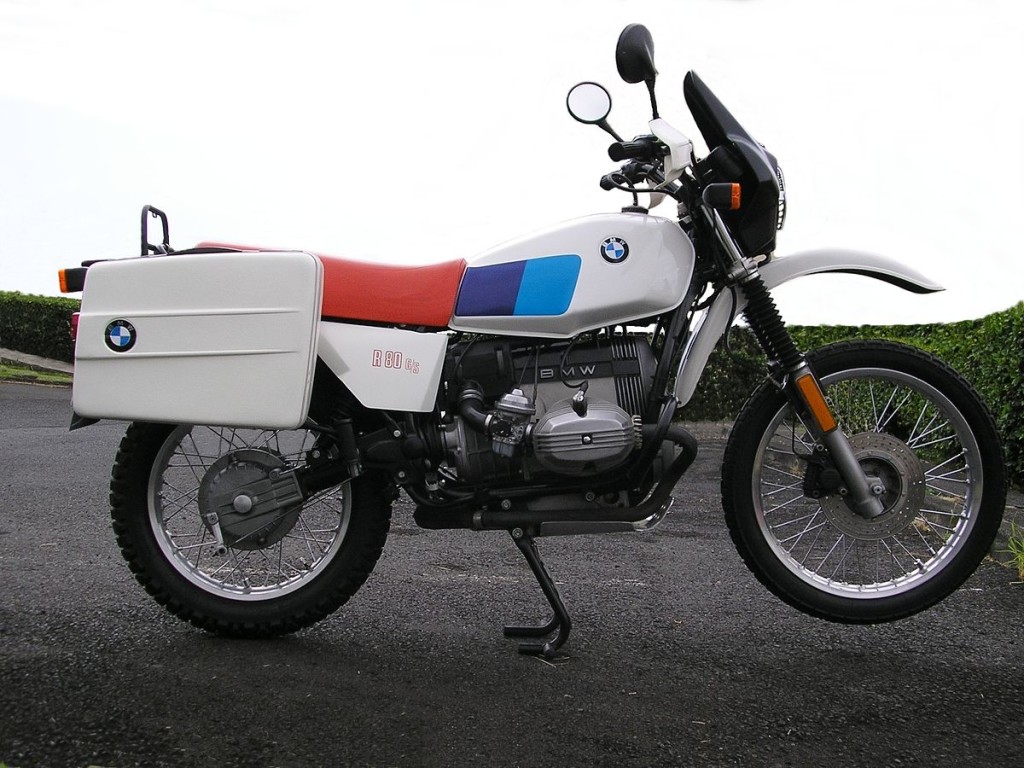
New riders can be easily confused by the multiple motorcycle classifications. To make matters worse, there are several unofficial classes of bikes that riders themselves have created. All of these classes of bikes can make it hard for a new rider to decide which type of bike they would like to start out with. Two of the most oft-confused classes are Dual Sport and Adventure Bike. An adventure bike is technically a dual sport bike, so what’s the difference between the two? Maybe we will be able to clear away some of the mud.
Quick Answer
Both dual sports and adventure bikes are designed to be used on pavement or off-road. The main difference is where each is most comfortable. Adventure bikes are only mildly designed to take off-road conditions, and they are more comfortable for long trips on pavement. Dual sport bikes, on the other hand, have a genetic makeup that thrives off-road and offer very few frills for long distance, paved riding. That answer maybe a little too short, so let’s have a look at the evolution of both, some engine displacement guidelines, etc to further clear up the differences between these types of motorcycles.
Enduro to Dual Sport: The Evolution

Dual sport motorcycles are an offshoot of the Enduro bike. Enduros are motocross or dirt bikes with a headlight, tail light (but no brake light), and a wide ratio tranny. They are designed for endurance competition–hence the name–but they are typically not street legal from the factory. An enduro bike can be ridden in most trail areas; however, by adding a few conveniences like a brake light, turn signals, a horn, and at least one rear-view mirror, you can get one approved for street riding in some states–and thus began the evolution of the dual sport bike. Essentially, these bikes came into being so that riders could maximize their riding opportunities.
As manufacturers will do, they grabbed onto a popular customization and began to build dual sport bikes for mass production. The early bikes were enduro rides with a license plate, gauges, a key, and a quiet muffler. The trade-off for becoming street legal was added weight, decreasing the dual sport’s agility off road. That has been the challenge that producers have faced since production began: making these bikes more street-oriented, while retaining the lightweight agility needed for off-road excursions.

General Characteristics of a Dual Sport Bike
- This list is pretty general and broad, but should give you a good idea of what a typical dual sport is all about:
- Single cylinder engine.
- 250cc-650cc displacement.
- Small gas tank…range less than 100 miles.
- Minimal body parts…limited to necessary and functional…no windscreen.
- 21 inch front wheel.
- High handlebars for stand up riding.
- Spoked wheels.
- High ground clearance.
- Geared for low speed on trails.
- Motocross style seat.
- Crash protectors.
Pros of a Dual Sport Bike
- Lightweight: easy to pick up after a crash on or off road.
- Minimal body parts means less damage after a crash.
- Street legal, so you can ride to and from a trail.
- Tough as hell: these bikes can go straight from pavement to any type of off-road course. Sand, rocks, steep inclines, whoops…it doesn’t matter, a dual sport can handle it.
- No windscreen and a minimalist seat allow for a wide range of body positions to handle off-road conditions.
Cons of a Dual Sport Bike
The biggest drawbacks to a dual sport are the very things that make them great for off-road riding.
- The lack of a windscreen does not bother a rider off-road, but it can beat you down at highway speeds.
- The high front fender vibrates and can break if top speed is maintained over long distances.
- Top speed is only 65 mph. At that speed the engine vibrates and whines to the point of becoming a distraction.
- The use of knobby tires for better off-road grip can make the bike drift and float at highway speeds. You also need to allow extra brake distance when using knobby tires on pavement.
- The motocross seat is great for maneuvering, but it plays hell on your body when riding in one position for a long time.
- The small displacement engines are not very durable when frequently used at top speed for prolonged periods of time.
Adventure Bike: The Evolution

The on-pavement drawbacks of the dual sport left a whole section of the riding community looking for a bike better suited for their needs. This group wanted a long-distance bike that could perform decently off-road–reversing the strengths of a dual sport, which is a short-distance bike that excels off-road. They wanted the ability to load gear and a passenger, as well as being able to explore some trails. These people really wanted their cake and to eat it too! Charles Darwin would be proud of the results. The adventure bike is essentially a street bike wearing many of a dirt bike’s body parts.
Many people look to the BMW R80G/S as the first mass produced adventure bike. Introduced in 1981, the R80G/S was a novelty that defied classification at the time. It was a street agile ride that was more than capable in the dirt. The trouble for off-road enthusiasts was that it was too heavy for intense riding. The outstanding reliability and comfort of the R80G/S helped it quickly gain a following among the adventurous types. It took nearly a decade for other manufacturers to jump on the bandwagon. Bikes like the Cagiva Elefant, Kawasaki KLR650, and the Honda Africa Twin eventually came onto the scene and, voila, the adventure class was born. After all, you cannot have a class of bikes with only one entry.
Adventure bikes have continued to evolve, with manufacturers improving performance and more manufacturers entering the class. As always, more competition means greater investment in development and design. A modern adventure bike offers the nimbleness to handle the vast majority of trails while providing the comfort needed to ride on pavement all day.
By far, the best resource if you’re interested in such a machine are the forums at ADVRider.com.

General Characteristics of an Adventure Bike
Again, we have generalized the characteristics of this group of bikes so that a new rider can make the most informed decision possible. They include:
- 650 cc or larger engine displacement.
- Large, padded seat for rider comfort during long treks.
- Luggage system.
- Windscreen.
- High ground clearance, but lower than a dual sport bike.
- Long suspension travel.
- Tires are designed for pavement.
- Higher gear ratio for highway speeds.
- Heavy-duty brakes for high speed stops.
- Large gas tank…more than 200 mile capacity.
Pros of an Adventure Bike
- Durability: the larger displacement twin cylinder engines of an adventure bike allow them to last longer when used at top speed. The larger engines and higher gear ratios allow them to cruise at highway speeds without the annoying whine and obvious engine stress that dual sport bikes suffer.
- The larger brakes and street biased tires allow for better braking and improved highway safety compared to dual sports.
- The larger gas tank allows for better range, increasing the number of trails you can explore without having to haul your bike to a site. It also allows you to explore further inland.
- The luggage system allows you to carry gear inland, so you can ride to a camp or travel over great distances.
Cons of an Adventure Bike
- Perhaps the biggest disadvantage an adventure bike has when compared to a dual sport is weight. Adventure bikes are significantly heavier, causing them to be harder to handle off-road, especially on technical trails.
- A rider’s body position is limited because of the larger seat, the windscreen, and luggage system.
- These bikes are more susceptible to damage in a crash because of the added body features, making them more expensive to repair over the long term. The added electronics and engine complexity can make them harder for a rider to fix if they breakdown in a remote area.
Deciding Factors?
So, with all of this information at your finger tips, what are the deciding factors that will determine whether you should buy a dual sport bike or an adventure bike? You are! Your body type…can you lift a heavier bike? Intended use…will you be off-road more often than not? How complex are the trails that you want to tackle? Can you repair a more complex bike?






Outstanding explanation, thanks!
Interestingly, the adventure bike (ADV) bike category seems to be following the evolution of four wheel drive cars. First, we had dedicated and capable off-road vehicles (Jeeps, 4×4 pickups and other body-on-frame truck-based vehicles), to which manufacturers added accessories to make them more road-worthy. These were like early “dual-sport” motorcycles. Eventually, consumers preferred vehicles that look rugged but were really suitable primarily for on-road use with limited off-road capability (I call these “faux by fours”).
Today, of course, the vast majority of SUV’s are really just tall cars with all-wheel drive and are only suitable for very mild off-road use (gravel roads, etc.) This is similar to several of the latest “adventure bikes,” which are mostly a styling and ergonomics exercise. The Kawasaki Versys models, for example, look like “adventure bikes” but are hardly more suitable for off-road use than regular street bikes. As evidence, look at the exhaust pipes, which have no protection and wrap directly under the bike, where they would be exposed and vulnerable over even the slightest rough road.
This is not bad, per se (the Versys bikes are excellent), but a natural evolution in bikes similar to SUV’s: most “Adventure Bike” owners rarely or never went off road but simply liked the styling, seating position, etc.
Ian, I never thought of it like this, but you are spot-on with this view of ADV evolution! Also, I am totally going to roll “faux by fours” into my automotive vocabulary, haha! Thanks!
Pingback: The New Dual Sport? Johnny Bones’s Sportster Tracker | BikeBound
Great explanation especially for the nube rider that I will become in a month or so. Adventure bike it is!
Thank you a lot. Well Expained!
Thank you. I wasn’t sure if I wanted to get the Dual-Sport. But it seems the Adventure bike is more suited for my preferred riding. I don’t have at all too many trails where I live but I don’t live in the city either. I could definitely use the durability and if it breaks I wont be too far out the boondocks to get to a mechanic. If I keep dropping it, It’ll add to its rugged appeal unlike a sportbike/standar/cruiser, which would mean a hit in resale value each dent/scratch. I wan’t to build up my skills ultimately and don’t want to worry too much about hurting the bike it hurts my progress.
Thanks again for this article!!!
Just the information I was looking. Thanks for such a great write up. And I DO have a kawi versys and it does what many other adv. bikes can do. Sorry Ian Heller, your misinformed. Just look at kawasakiversysforum.com.
You forgot to include the fact that dual sports needs little maintenance.
I will ride anything.
Dual Sport bikes are designed for both off-road and on-road riding. Adventure bikes are designed for off-road riding only. Enduro bikes are designed for both on-road and off-road riding.
Pingback: Beginner's Guide to Buying a Motorcycle (August 2023) - TheHardTail.com
Oh where o where are you Suzuki PE / 400